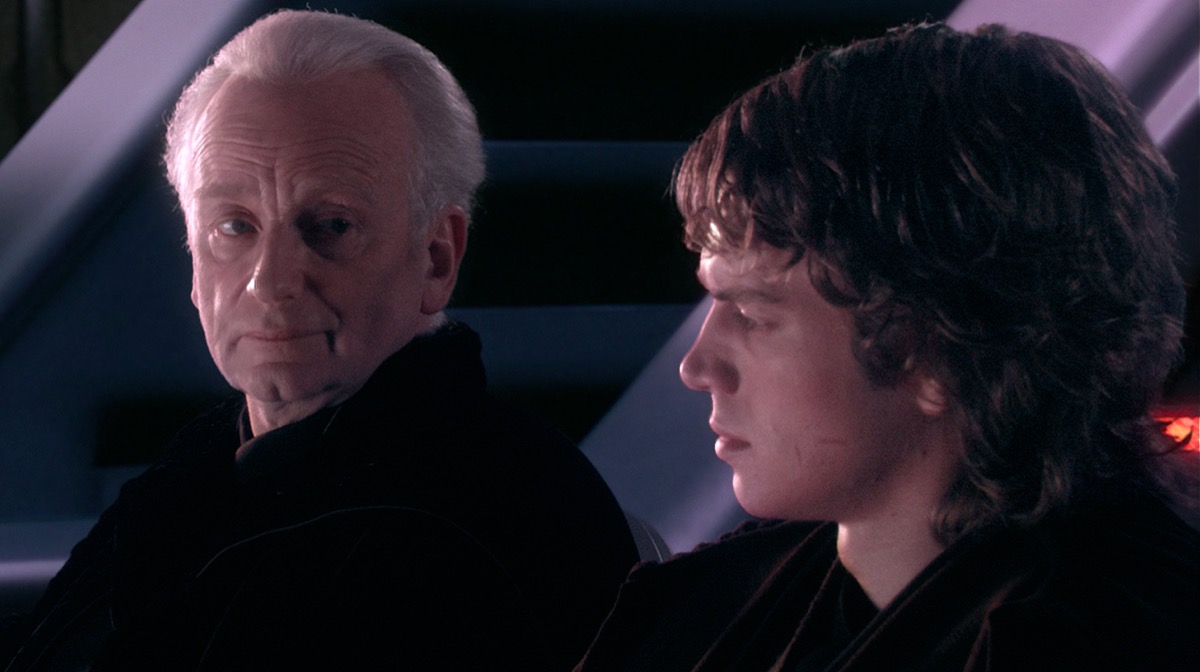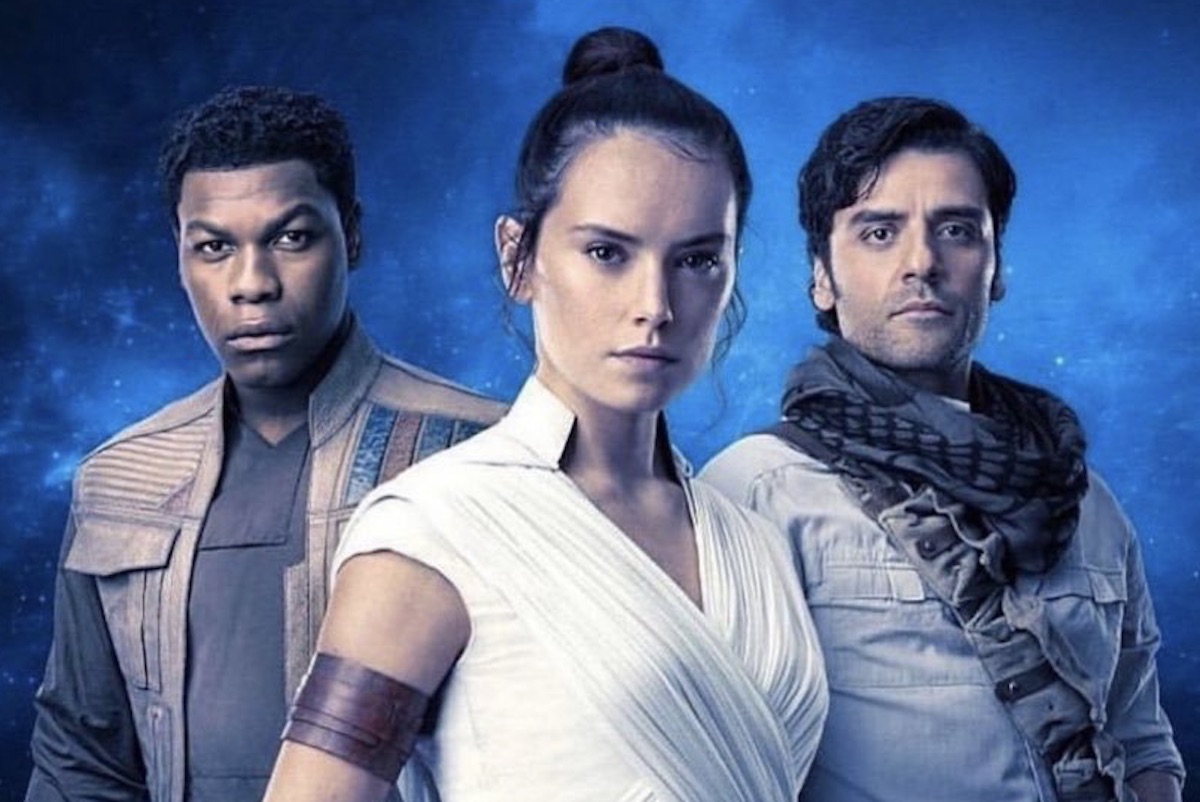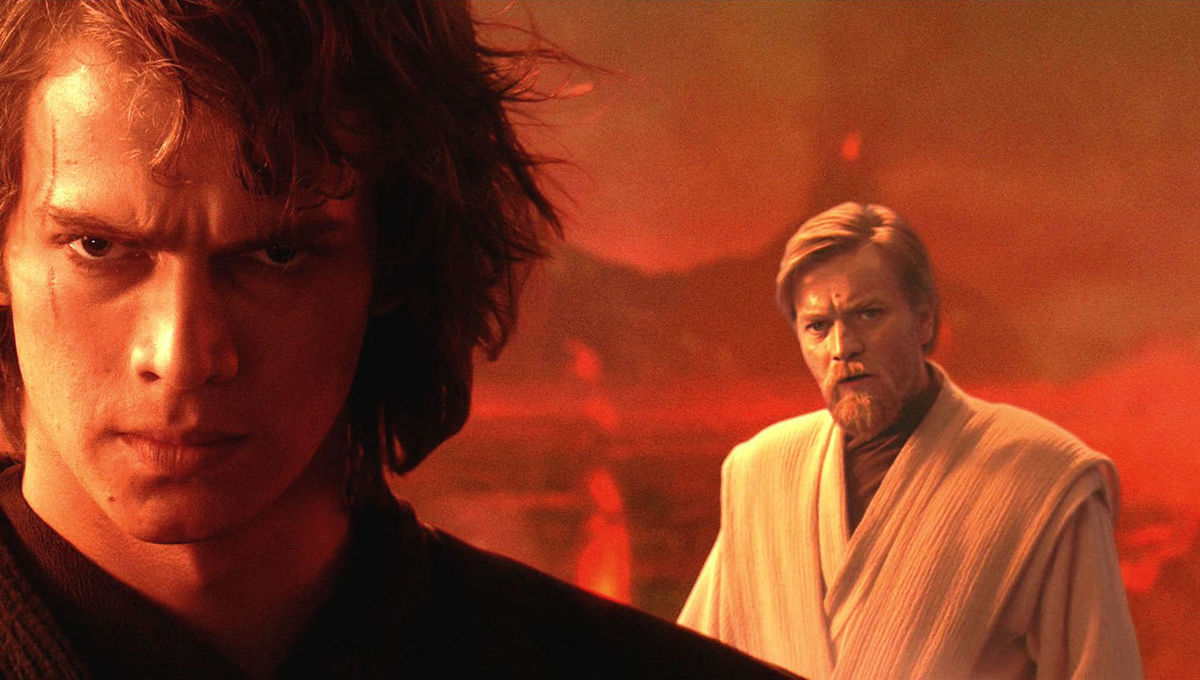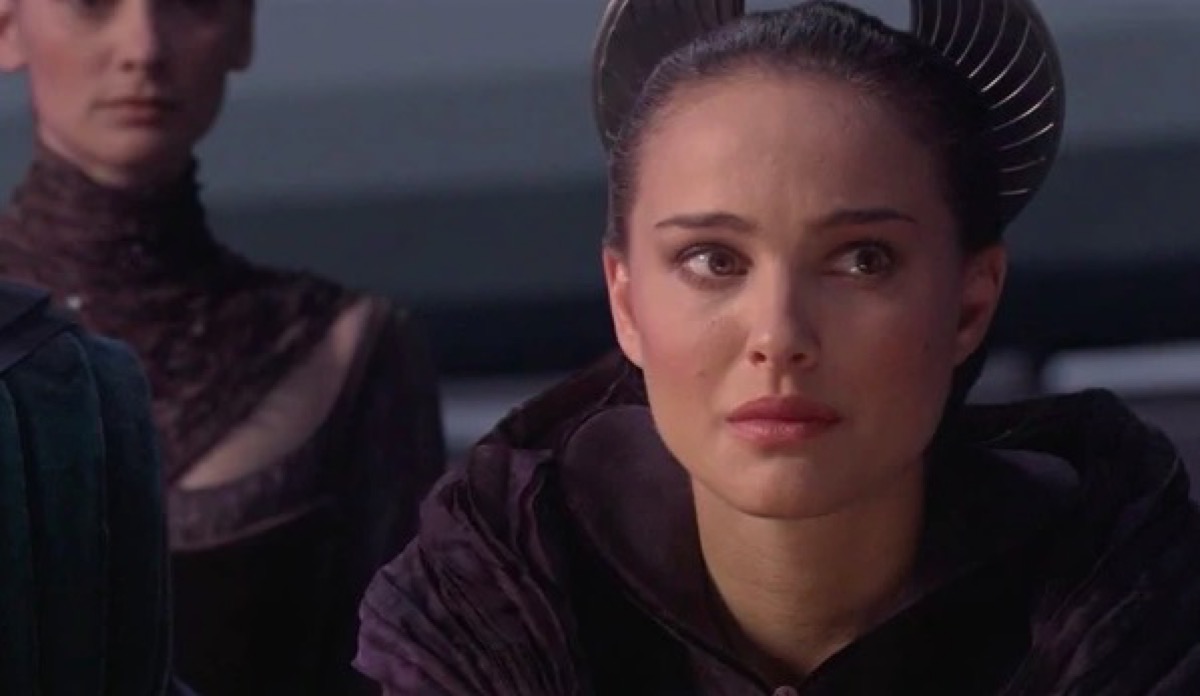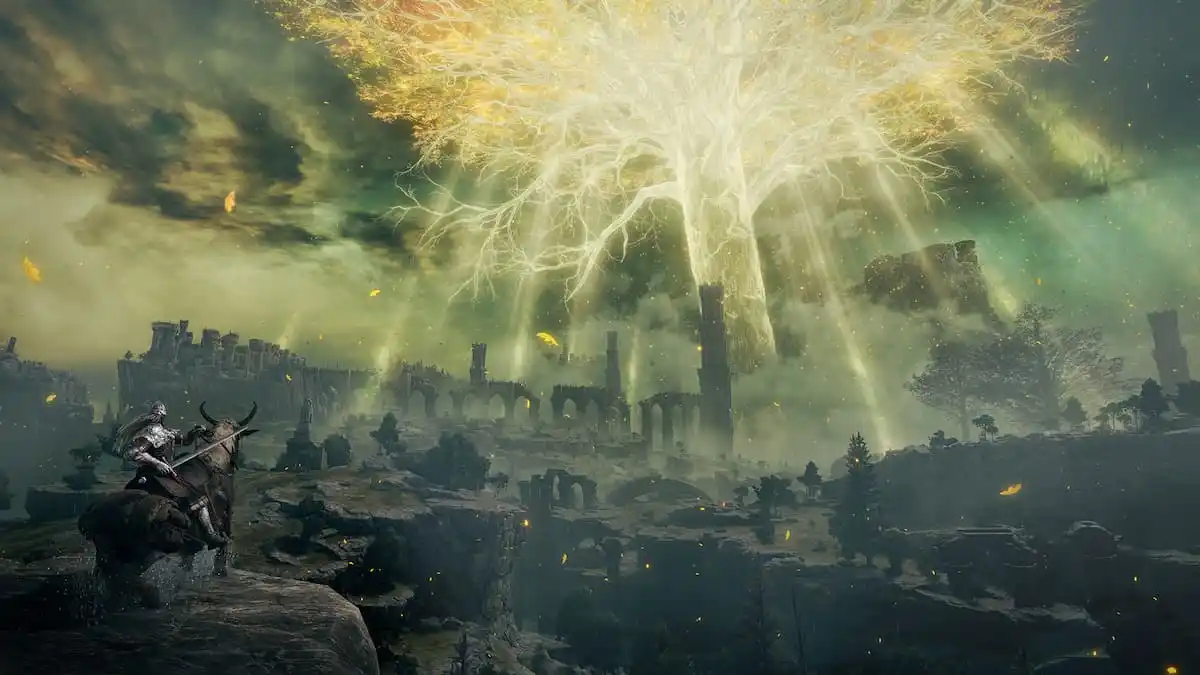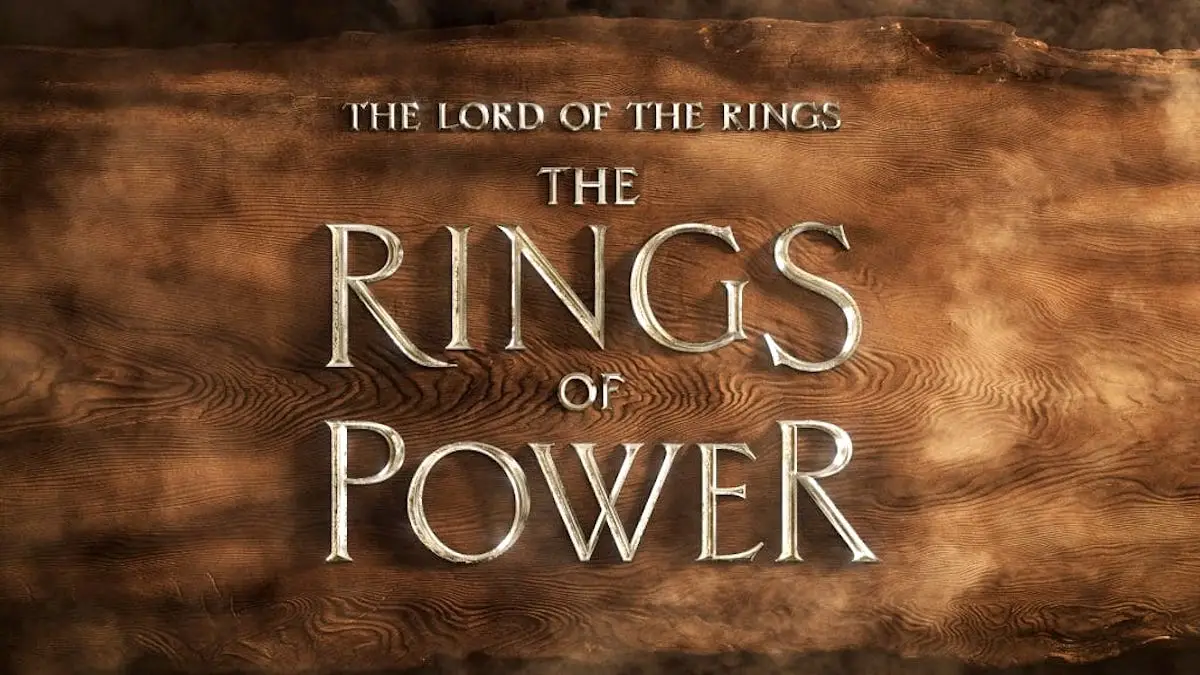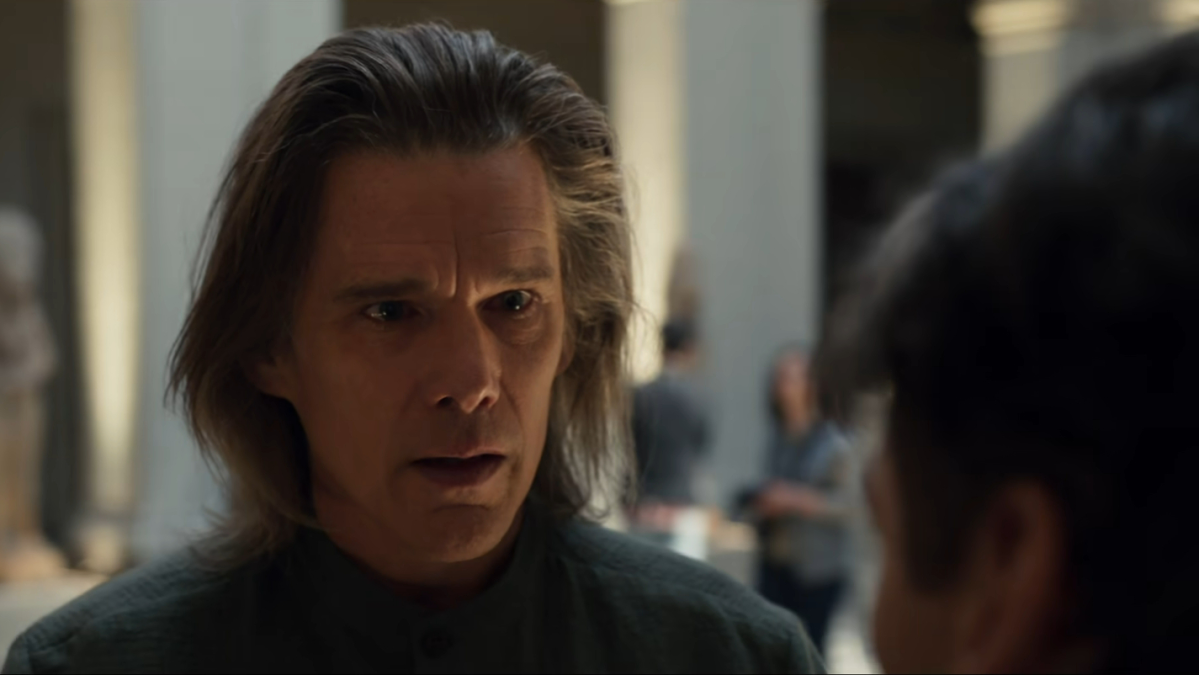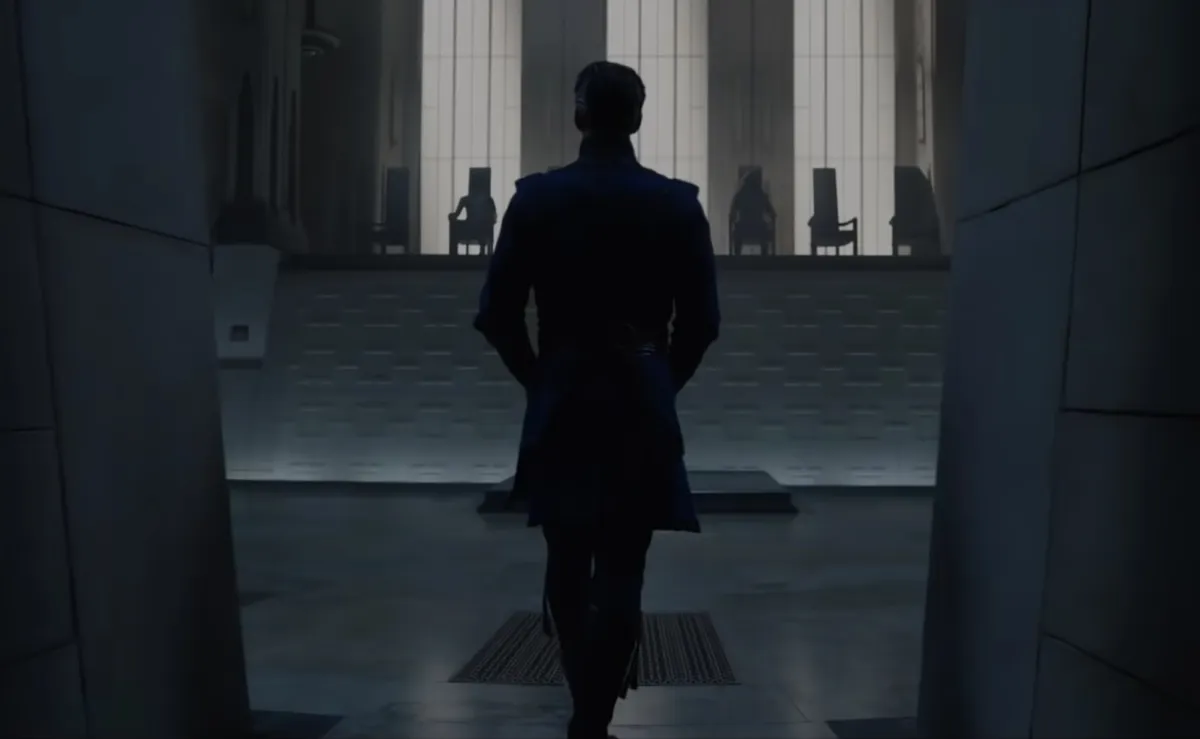**This article contains spoilers for the Star Wars prequel trilogy, original trilogy, and sequel trilogy.**
The verdict on Star Wars: The Rise of Skywalker is in, and like the trilogy itself, the reactions have been mixed and all over the place. Critics rated the first two movies of the sequel trilogy highly, but many were less impressed by The Rise of Skywalker. Viewers’ mileage may vary, of course, with many finding it a satisfying end to the trilogy and its characters. Surprisingly, viewers’ ratings for the sequels are overall far higher than those that were given to the prequels, at least on Rotten Tomatoes, but that sentiment deserves a second look.
Both followup trilogies, the prequels and the sequels, were a mess in a variety of ways. There’s no denying that. They both relied too heavily on the success of and nostalgia for the original trilogy, lacking in their own unique, meaningful characters and action. However, while fans seemed to enjoy the sequels more, the prequels have one important advantage over the sequels that is too often ignored. While the sequels may feel like a return to form, echoing the tone of the original trilogy, they are little more than fanservice, with cookie cutter plots and shallow copies of the characters from the original trilogy. The prequels, while still poorly executed and disliked, at least tried to develop something different and meaningful in its own right.
The original Star Wars movies are some of the most iconic movies of all time for a reason. On first inspection, they appear simple, focused on action and cool visual sequences, yet even in their simplicity, they evoke feelings and create connections in a way that neither the prequels nor sequels do.
The sequels have the same simplicity as the original trilogy, a clear dark side of the force and evil in the new empire, the First Order, but the sequels didn’t just borrow the simplicity of good versus evil. Many parts of the sequels are the same as the original trilogy. The plot and progression are like a distorted mirror, telling the same story as the originals, only telling it far worse. This is most apparent in The Force Awakens, but it continues throughout the whole trilogy, with basically the same story on different planets with different characters.
Except the characters aren’t even that different. They start relatively interesting and complex, showing similarities to their counterparts in the original trilogy, but different and interesting enough for viewers to become emotionally invested in their success—at least at first. Finn especially exhibits heart-wrenching development in the first few moments of the first film, but as the trilogy continues, any real character development or differences between their counterparts in the original trilogy is dropped. The heart of the characters is gutted, and any characterization at all is pushed aside for flashy action scenes with forced meaning put behind them.
There is no reason, by the end, to believe that Kylo Ren deserves redemption as his grandfather did, for Kylo is a weak imitation of Vader in every sense. Finn and Poe are relegated to side characters, any development for them completely ignored or undone. Even Finn’s forced, confusing romance from The Last Jedi is completely forgotten and ignored in The Rise of Skywalker.
The characters from the original trilogy that return in the sequel trilogy are only interesting based on what they did in past films, much of their characterization and heart lost and made two dimensional. They’re mostly onscreen for the cameo nostalgia. The action is so fast and choppy at times that it’s difficult to keep up with what the characters are doing, and there are no moments to breathe and develop for most of them.
Even with nearly the same setup as the original trilogy, coming together to work to save the galaxy from evil, the characters lack any real depth or sincerity. With bad characters, the story also falls flat. Short of any real character development to move the story along in a meaningful way, the plot jumps from point to point just like Poe’s hyperspace skipping, focusing on new settings and action with no substance or emotion.
As Maz says in her Cantina, “If you live long enough, you see the same eyes in different people.” We have seen the story that the sequels tell, and we have seen these characters before in different people—except these characters are thinly veiled reincarnations of original trio of heroes that work to tell the same story that we have already heard.
The prequels, for all their faults, are a different matter. The Jedi versus Sith dynamic is the same—light and dark, good versus evil—but instead of the clear simplicity of the original trilogy, there is an attempt to add layers of complexity. The Jedi are shown as less than a perfect order—flawed, short-sighted, and so disconnected, at times, that they almost appear immoral and uncaring. Unlike an underdog rebellion that we know will triumph, the prequels show the complex decline of the Jedi and the Republic society around them.
Unfortunately, the movies can move too slowly, bogged down with the details and awkward politics. The series is supposed to be Star Wars, not Trade Wars. Though poorly executed, the attempt to show the complexity of government and a fall into tyranny was important and had something to say. Unlike the sequels copying the same plot as the originals, the prequels at least tried to do something new, showing how fear and anger corrupt, and how the Jedi may not be as great in practice as they are as, essentially, the aspirational stuff of legend in the original trilogy.
Yes, the characters in the prequels still lack the same complexity and spirit as those in the originals. Anakin and Padmé’s love is forced and awkward from the very beginning, and other returning characters like Obi-Wan and Yoda feel deficient and wrong. Even with less than impressive characters, the story being told offers a perspective of how villains and tyranny are created. Darth Vader did not begin evil, originating as an innocent, talented child who was ultimately failed by the very Jedi order he idolized (as we do) and slowly manipulated by Palpatine, a villain encouraging fear and anger to gain power.
Though not always the most likable character, Anakin’s pain and fear and anger were clear. His motives were not to be evil or angry, but to protect those that he loved.
Anakin’s personal fall shadows the larger downfall of the entire Republic government into the Empire, linking Anakin’s character to the fate of the whole republic. Just as Anakin is manipulated towards fear and anger by Palpatine, so too is the entire Republic. As Anakin’s fear of the death of loved ones leads him to do increasingly horrible things, the Republic’s fear of insecurity and danger leads them to willingly hand over all their power to Palpatine, forming the First Galactic Empire.
The rhetoric of hate and fear is all too familiar. Palpatine twists the fear of citizens into a hatred of the Jedi, using them as a scapegoat and a way to gain power over the entire galaxy. He gains control not as a cliché villain, seizing it for himself with the force or brute strength. He steps in slowly, gaining power by turning people’s worst impulses to his advantage.
As Palpatine names himself the emperor, he promises “a safe and secure society,” but what he really brings is tyranny and a loss of control for the entire galaxy as he uses their fear and anger for his own gain. Anakin’s fall is similar to millions convinced by hate speech, fear-mongering, and manipulation in the real world—very relevant to the politics of the time and still today.
Padmé, like the average Twitter user watching rage tweeting and hate speech grow in popularity, proclaims, “So this is how liberty dies. With thunderous applause.” The prequels did a lot of things wrong, but this line is spot on and heart-sickeningly relatable. Many of us feel as though we are watching society self-destruct as people cheer for the fear and hate, and the anger and separation only seem to be rising. While by no means a faultless metaphor, the prequels provide a useful lens to look at the rise of fear, hate, and anger in our society.
The sequels, on the other hand, have no such attempt at meaning, nor do they evoke the same feelings. Any feelings about the tyranny of the Empire have already been dealt with during the original trilogy. The closest the sequels come to any meaning—aside from The Last Jedi’s tangent about war profiteering—is when Poe says, “We’re not alone. Good people will fight if we lead them.” In theory, this idea could have been beautiful and a nice hopeful message, but Rise of Skywalker created no attachment to the message, barely seeming to commit to it. Any possible power or intensity of this idea was lost with the falseness of the execution.
Both the prequels and sequels were poorly executed in a variety of ways, but the sequels offered nothing new, only a repeat of the original trilogy done worse. At least the prequels attempted to show something new and meaningful in the galaxy far, far away. So, don’t remain stagnant or unwilling to change like the Jedi order. Don’t feed or give in to fear, anger, and hate.
And watch the movies you enjoy, regardless of what people may say about them, prequels and sequels included.
(images: Disney)



